Osteoarthritis of the Shoulder and Shoulder Replacement
Arthritis of the shoulder (the ball-and-socket joint) is an uncommon problem. This condition is usually found in persons over 60 years old but it may occur in younger people particularly if the shoulder has been injured months or years earlier such as fracture, dislocation or rotator cuff tear. The condition leads to abnormal wearing down of the cartilage. The smooth joint surface becomes rough and irregular which leads to further wear and tear. The condition is not reversible and will progress slowly leading to increasing amounts of pain and stiffness.
Early in the disease treatment focuses on reduction of inflammation (NSAIDS), physical therapy with stretching exercises to preserve motion, shoulder muscle strengthening exercises, and avoidance of activities to prevent further wear and arthritic flare-ups.Arthritis of the shoulder (the ball-and-socket joint) is an uncommon problem. This condition is usually found in persons over 60 years old but it may occur in younger people particularly if the shoulder has been injured months or years earlier such as fracture, dislocation or rotator cuff tear. The condition leads to abnormal wearing down of the cartilage. The smooth joint surface becomes rough and irregular which leads to further wear and tear. The condition is not reversible and will progress slowly leading to increasing amounts of pain and stiffness.
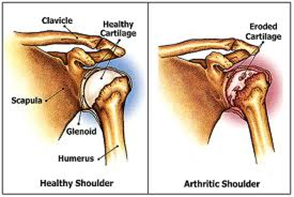
Arthroscopy may occasionally, be helpful in this condition by removing loose fragments of bone, debriding the damaged articular cartilage and releasing part of the contracted capsule. The aim of such surgery is to give some pain relief and improve range of motion. It should however, be clearly understood that this surgery is of limited value in that it will not cure the problem and the relief will be temporary only. You will be in hospital overnight and in a sling for 1 week Physiotherapy will be required for 3 to 6 months and an improvement may be seen for up to 6 months.
Definitive treatment is replacement of the shoulder (Total shoulder Replacement). The arthritic joint is removed and an artificial shoulder consisting of metal and polyethylene parts are inserted with or without cement. This is a large operation requiring 4-5 days in hospital. Most patients will end up with a completely painless shoulder and most will have an excellent or full range of movement. The recuperation period is 6 to 12 months with physiotherapy being important.
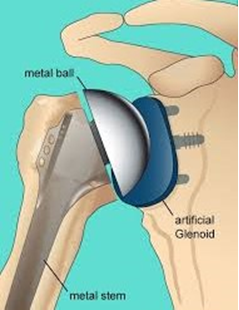
You will wake up in the recovery ward with a sling and binder and xrays taken. The surgeon will see you the next day and explain the findings at surgery. Post operative rehabilitation will commence following a strict protocol. It is normal to feel some discomfort with the exercises but this can be controlled with regular pain medication. The dressing will be changed to one that is waterproof and you will be able to shower with the operated arm by your side. It is normal to notice some swelling and bruising. This will settle spontaneously.
Once your pain is satisfactory and you understand the exercises to perform, you will be in a position to go home. On going physiotherapy will be necessary and an appointment should be organised before you are discharged. You should also call the rooms to make arrangements to be reviewed 2 weeks after your operation.
The complication rate is about 5 percent and include but are not limited to infection, loosening, fracture, dislocations, stiffness and nerve injuries. General risks include anaesthetic problems, chest infection and thromboembolic problems such as deep vein clots. This may require treatment with anticoagulant medication.
You should contact the rooms for an earlier appointment for:
• Temperature above 38 degrees Celsius
• Severe pain unrelieved with pain medications
• Redness or increased swelling around the incision
• Numbness or tingling in the arm.
• Deterioration in joint movement
• Drainage or odour from the incision.
• Any significant concerns you have
For more information on the post operative rehabilitation protocol refer to “Shoulder Replacement Postoperative Protocol information sheet”.
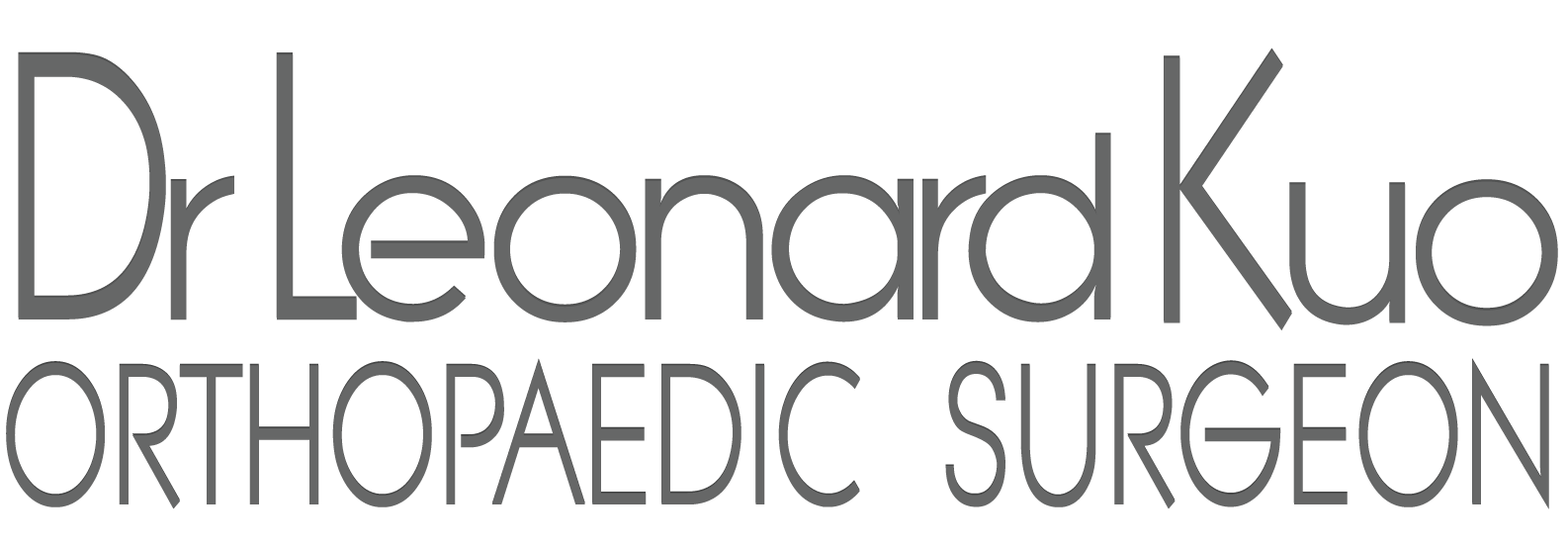

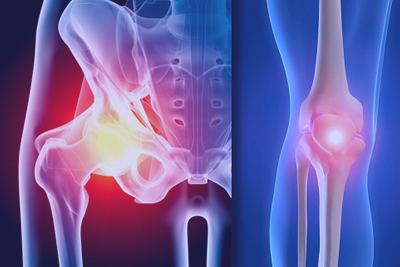
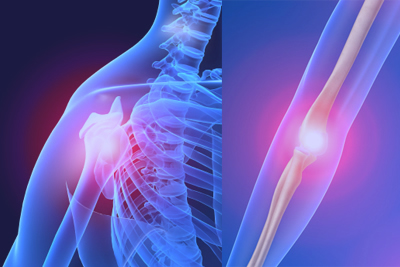
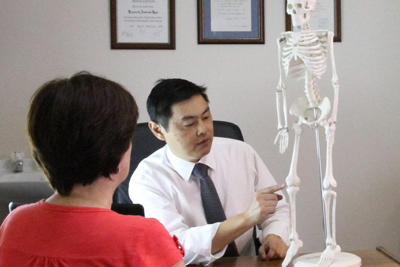
 Dr. Leonard kuo
Dr. Leonard kuo